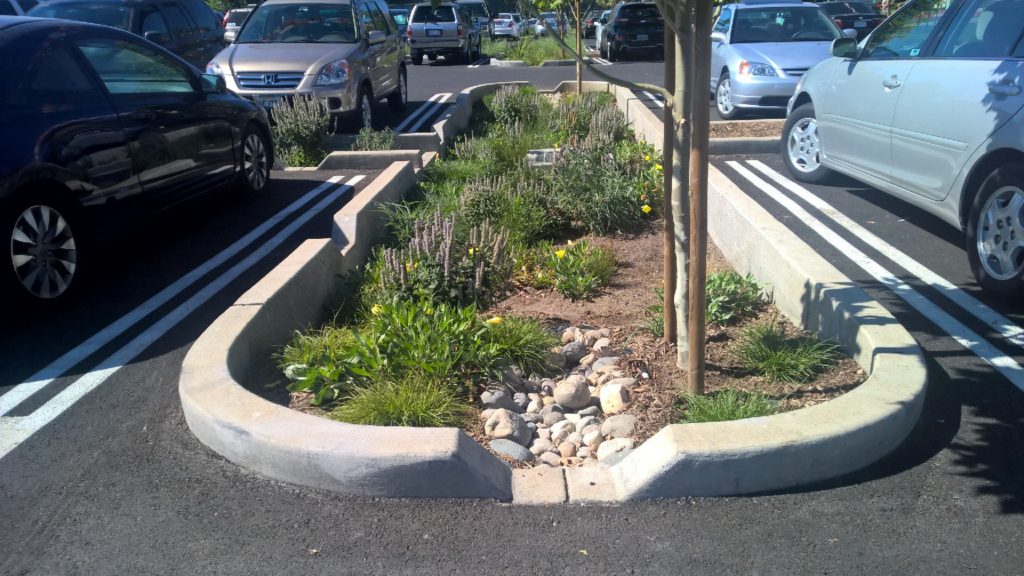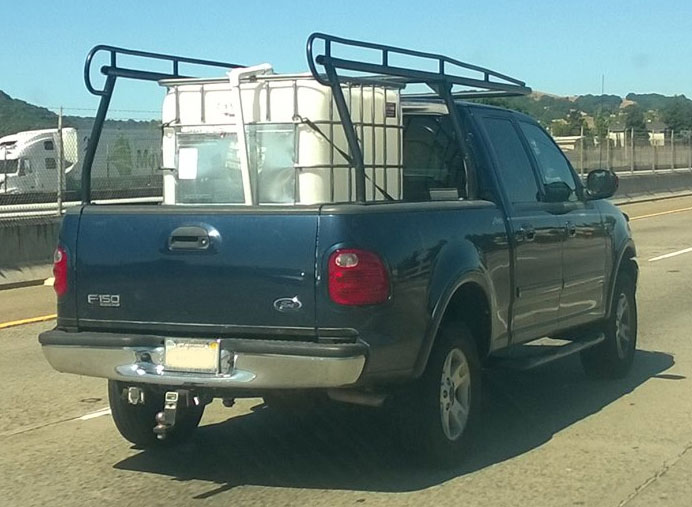Earlier last week, the National Weather Service in Sacramento held a weather chat on Twitter as an atmospheric river event was going to be barreling down on California. It was open to anyone to ask a meteorologist a question. I asked (on my personal Twitter account):
“When this storm passes, is it possible to calculate how much water fell across the state? #cawx”
@NWSSacramento’s video response:
Here’s a video response! #cawx pic.twitter.com/CdWmsGGbaa
— NWS Sacramento (@NWSSacramento) October 13, 2016
Transcript: “Hey Nick, the answer to your question is that Yes, we can calculate how much rain falls across California. Once the storm has passed we’ll look at all the observation stations that we have in the state and then we’ll… we usually send out a summary of how much rain was seen across various spots in Northern California. Thanks for your question!”
Here is what they came up with:
This past weekend’s storm brought estimated 5.2 TRILLION gallons of rainfall to #NorCal! That is 8% of #California‘s average rainfall #cawx pic.twitter.com/PEq9qUkKT3
— NWS Sacramento (@NWSSacramento) October 18, 2016
Where do we go from here? Lets look at the ** in fine print.
![]()
We are facing an opportunity here to capture rainwater at home, reduce run-off from our properties and use this free water to re-charge the aquifers beneath our feet. How do we do this? Simple. Its called Low Impact Development, or Green Infrastructure, or Stormwater management. Here are some examples of businesses capturing water in these rain events.

Rain garden with curb cuts in a parking lot.
Cities and counties have implemented stormwater harvesting techniques into new construction building codes and the outcome of it is quite fascinating.
Take this new Safeway shopping center, curb cuts and sunken flower beds are built into parking lots. Storm drain overflows are purposefully raised about a foot above the garden surface to allow for percolation before run-off occurs.

Rain garden filling up, plants loving it.
In a rainstorm, water pours into the garden bed and must fill it up before excess goes down storm drains. As the ground works to absorb the water, the plants get to benefit from the water (irrigation) as well. Just imagine how much water is flowing into this area in a down pour, and how much the ground and the plants will benefit from this in the long run.
Now imagine this same thing being done at your house.

Swale installed with a river-rock top.
You can build in low impact development at your house – like a swale (or bio-retention basin, storm water infiltration trench, etc). Think of it like a reverse french drain. (I built a swale at my house after I tore out the grass in my lawn to garden conversion.)
French drains are meant to remove water from an area, a swale is meant to bring water into an area. Plus, the added benefit is after a winter of rainfall, the ground around the swale will be full of moisture so you can save water by extending the amount of time until you need to turn on your sprinklers. Win Win!
The National Weather Service thankfully was able to compile how much rain fell, California’s Missed Opportunity was to capture every last drop and put it to beneficial reuse. As another storm is supposed to be barreling down on California, observe your landscape to figure out how to best capture your storm water run-off.
In the coming weeks, I’ll show you how to build a storm water run-off retention basin, how to test it (using recycled water if rain is not available) and how to make it look good. Stay tuned!



Leave a Reply